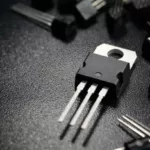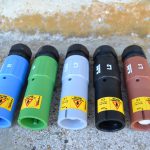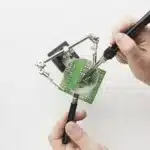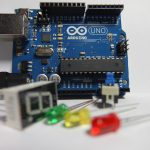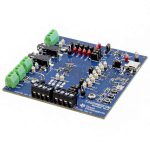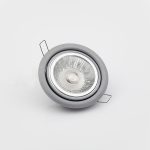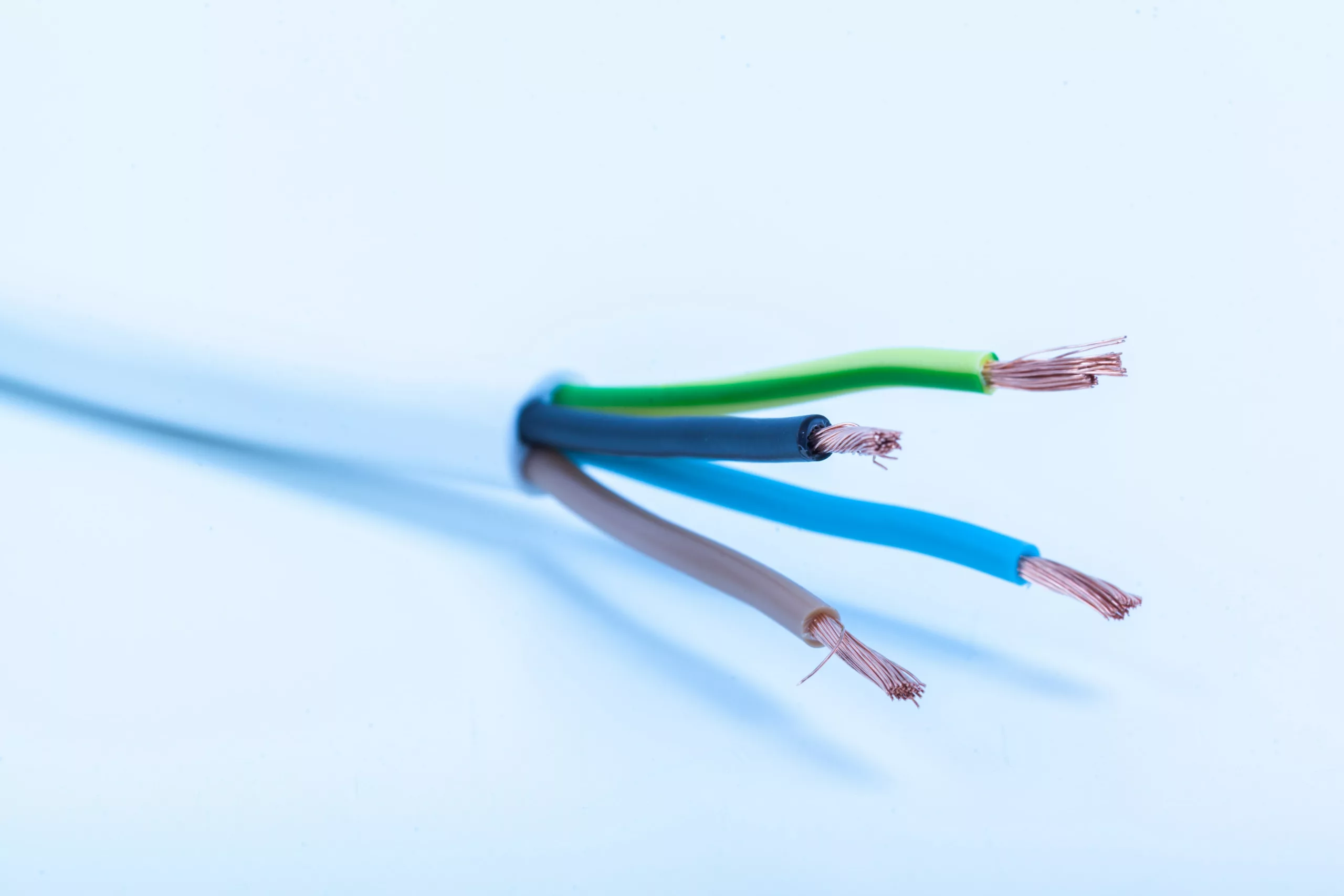
Introduction
In the dynamic and demanding environment of industrial applications, the right choice of components can significantly impact efficiency, safety, and reliability. Among these components, flex control cables stand out as a critical element in the seamless operation of machinery and systems. Their unique properties and design make them an indispensable part of multiple industrial processes. This article explains the unparalleled advantages and applications of flex control cables and why they are indispensable components in modern industrial setups.
What are Flex Control Cables?
Before delving into their broad range of applications and advantages, let’s know what flex control cables are. Flex or flexible control cables are specialised cables designed for flexible, reliable connectivity in dynamic, moving applications. They are engineered to withstand the stresses of flexing, bending, and twisting, making them ideal for use in various applications where cables must move with the equipment. A flex control cable typically features robust construction with multiple layers, including conductive cores, insulation, and a durable outer sheath resistant to abrasion, oils, and various chemicals.
The Significance of Flex Control Cables in Modern Industrial Applications
Flex control cables are an essential component in the realm of industrial applications, offering unparalleled flexibility and durability. These cables are designed to withstand the rigorous demands of dynamic industrial environments, where they control and transmit power to various machinery and equipment. Their unique construction, versatility, durability, and design make them an indispensable part of modern industrial operations.
Exploring the Notable Features and Advantages of Flex Control Cables in Diverse Industrial Processes
Flex cables are integral components in industrial automation and machinery due to their unique features and unprecedented benefits, including:
Superior Flexibility and Durability
They are designed to withstand the rigours of movement and flexing without compromising performance. Their construction is specifically tailored to resist the stresses of bending and twisting, which enhances their durability and longevity. This resilience against physical stress means less downtime for maintenance and replacements, translating into higher productivity and reduced costs.
Superior Electrical Performance
These dual-function cables are engineered to provide reliable electrical performance even in challenging industrial environments. They are capable of handling elevated voltages and currents, ensuring the stable operation of connected devices and machinery. The insulation and shielding technologies used in flex control cables minimise electromagnetic interference (EMI), which is crucial in maintaining the integrity of sensitive signals and controls.
Resistance to Harsh Environments
Industrial environments can be harsh, with exposure to chemicals, oils, extreme temperatures, and moisture. Flex control cables are constructed with materials that can withstand these conditions, ensuring uninterrupted performance. Their resistance to such adverse conditions prevents degradation, ensuring the cables continue to function optimally over time.
Improved Safety and Compliance
Safety is paramount in industrial settings, and flex control cables contribute significantly to creating a safer work environment. They meet stringent safety standards and certifications, resist cable damage, reduce electrical hazards and protect both personnel and equipment.
Versatility and Customisation
Flex control cables are versatile and allow customisation, meeting industrial applications’ stringent requirements. They come in different sizes, conductor types, configurations, and insulation materials, allowing for a tailored approach to each application’s needs.
Simplified Installation and Maintenance
The design of flex control cable also simplifies installation and maintenance. Their flexibility allows for easier routing through tight spaces and complex machinery layouts, reducing installation time and costs. Additionally, their durability and resistance to environmental factors mean that maintenance requirements are minimised, further reducing operational costs and downtime.
Case Studies: Real-World Applications of Flex Control Cables
Flex control cable find versatile applications across various industries due to their robust durability, flexibility, and reliability. Some real-world case studies highlighting the diverse applications include:
Automotive Industry: Enhancing Vehicle Performance and Safety
In the automotive sector, flex cables are crucial for flexibly transmitting mechanical force. They are commonly used in parking brake systems, clutch control, and throttle control––enhancing the driving experience and increasing the safety features of the vehicle.
Industrial Automation: Streamlining Manufacturing Processes
Electronics manufacturing companies utilise flex control cables in their automated assembly lines to facilitate precise and flexible movement of robotic arms. This application allows high-speed, accurate placement of components, thus enhancing efficiency and lowering production costs.
Marine Applications: Ensuring Reliability in Harsh Environments
Flex control cables are also extensively used in marine applications, where they control rudders, throttle, and gear systems in boats and ships. These cables facilitate the smooth and reliable operation of the vessel’s control systems, even in harsh marine environments. The corrosion-resistant properties of the cables ensure long-term reliability and performance, enhancing the overall boating experience.
Medical Equipment: Improving Precision and Control
In the medical field, flex control cables are employed in various devices, including surgical robots and diagnostic equipment. The flexibility and precision of the cables allow for greater control and accuracy, leading to improved patient outcomes and reduced recovery times.
Aerospace: Meeting Strict Standards for Safety and Performance
The aerospace industry requires components that meet strict standards for safety and performance. Flex control cable is used in aircraft for controlling flaps, landing gear, and other critical systems, enhancing safety and efficiency during flights.
Takeaway
Flex control cable offer a myriad of advantages that make them a preferred choice in versatile industrial applications. Their flexibility, durability, superior electrical performance, resistance to harsh environments, compliance with safety standards, versatility, and ease of installation and maintenance contribute to improved efficiency, safety, and reliability in industrial operations. With the progression in industrial processes, the demand for flex control cable is expected to grow, driving innovation and advancements in cable technology to meet the ever-changing requirements of the industrial sector.






